The Video Game Industry is in Crisis: Could This be a Good Thing for Horror?
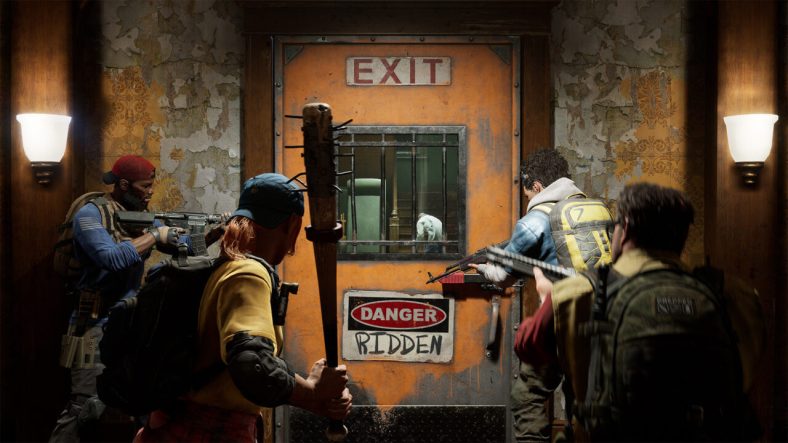
I can’t be the only one to feel like the videogames industry is looking increasingly precarious. I’ll put my hands up straight away and say that I’m no market analysis guru, so take my words with a pinch of salt. But even as a relatively casual observer who tends to stick to his own niche (no brownie points for guessing what niche that is, given the site I’m writing for), it still feels like something is fundamentally amiss here.
Live Service Life Support
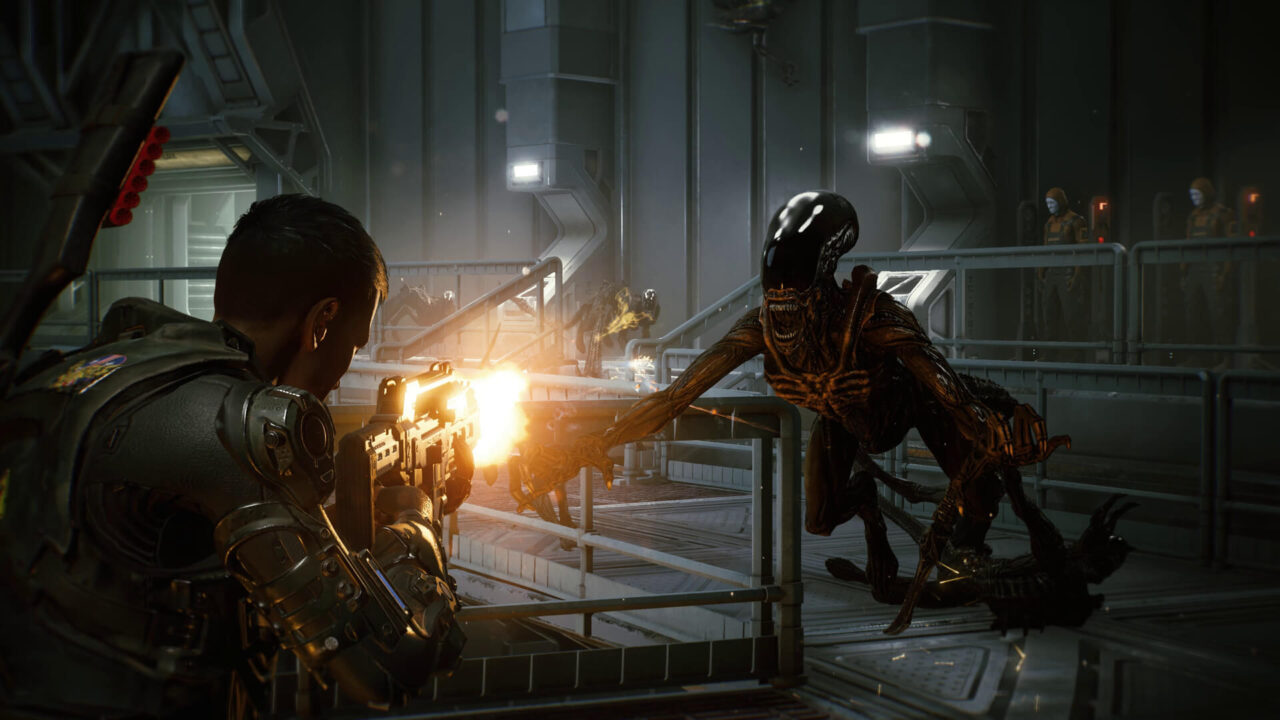
The most obvious and immediate symptom is the current bonfire of the live service games. Babylon’s Fall fell after barely a year after launch, while Rumbleverse only managed to duke it out for six months. CrossfireX is in the crosshairs next month, Knockout City is getting the bum’s rush in June, Apex Legends Mobile is hanging up in May, and Marvel’s Avengers will have nothing left to avenge come September. Even the horror sphere hasn’t been entirely spared from the culling, with Turtle Rock Studios’ (let’s face it; painfully generic) Back 4 Blood having its post-release development quietly Put Out 2 Pasture.
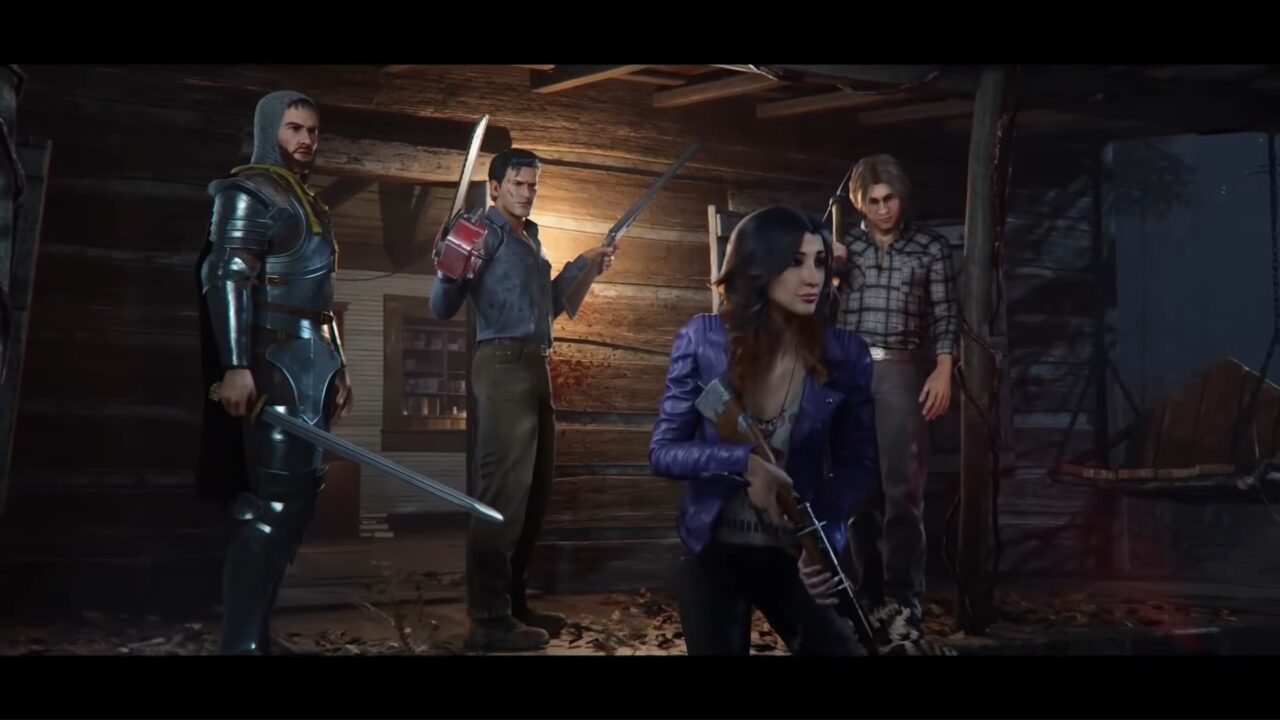
I won’t say I saw this live-service game crash coming, for the simple fact that I was never really focusing on the genre to begin with. But it’s hard to keep these things out of your peripheral vision, and I was always somewhat disquieted by the glut of these types of games. I felt disturbed by the idea that, save for the indie crowd, the world had unanimously decided that this was what video games were now; gear grinding, multiplayer-only experiences with seasons, battle passes, and horrible UIs. I didn’t ‘get’ it; I didn’t ‘get’ why you’d make a multiplayer Evil Dead game, I didn’t ‘get’ how something as generic-looking as Aliens: Fireteam Elite could be popular, and I didn’t ‘get’ how Shatterline, a game with some evidently serious budget and polish, could fly completely under my FPS-loving radar. Things were looking overloaded, and things were looking weird.
Hindsight is always 20:20, and it’s easy to be facetious. But this current crash of the live service model seems to justify my vague sense that the broader video game industry’s current model isn’t working, and possibly hasn’t really been working for some time.
Console Corpses
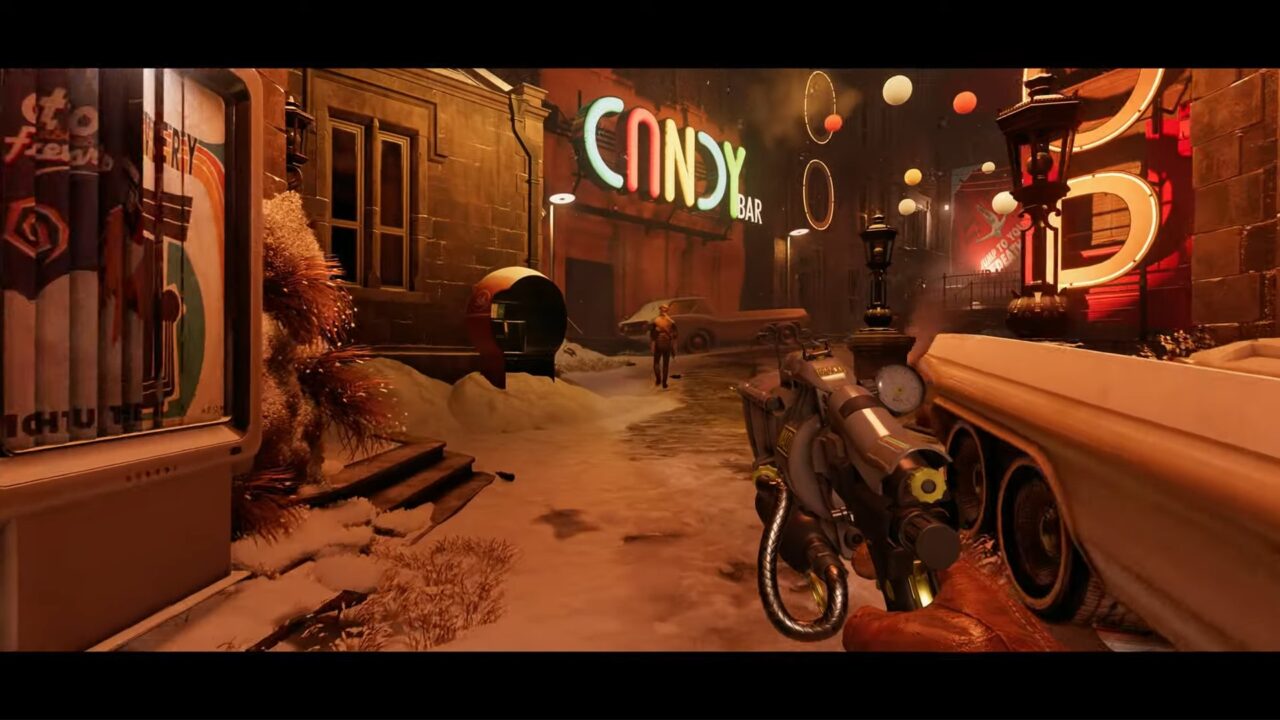
Go beyond the current live service crisis, and there are other signs when you look for them. Look at the disappointing flop that has been the latest console generation. Part of that – indeed, a very large part – can certainly be laid at the feet of the unprecedented supply-side chaos caused by Covid. Yet I can’t help but feel like this disruption has also given gamers a chance to look level-headedly at the whole concept of the console race as it currently stands. Let us remember first the awesome power of the sixth generation of consoles; Nintendo’s classics on the GameCube, Halo multiplayer on the Xbox, the graphical fidelity and flexibility of the PlayStation 2. Then let us remember the seventh and eighth generation. The technological leaps were still impressive, if not as groundbreaking, although the real dynamism of both was powered by console exclusives. But where are we now? Console exclusives are practically a memory, for better or worse. As for graphics, the improvements are currently marginal to non-existent. VR has stubbornly refused to take off in a big way, and I’ll go on record as saying I doubt it ever truly will. If anything, the current console market just looks like one big, decisive argument in favor of PC gaming
AAA Tremors
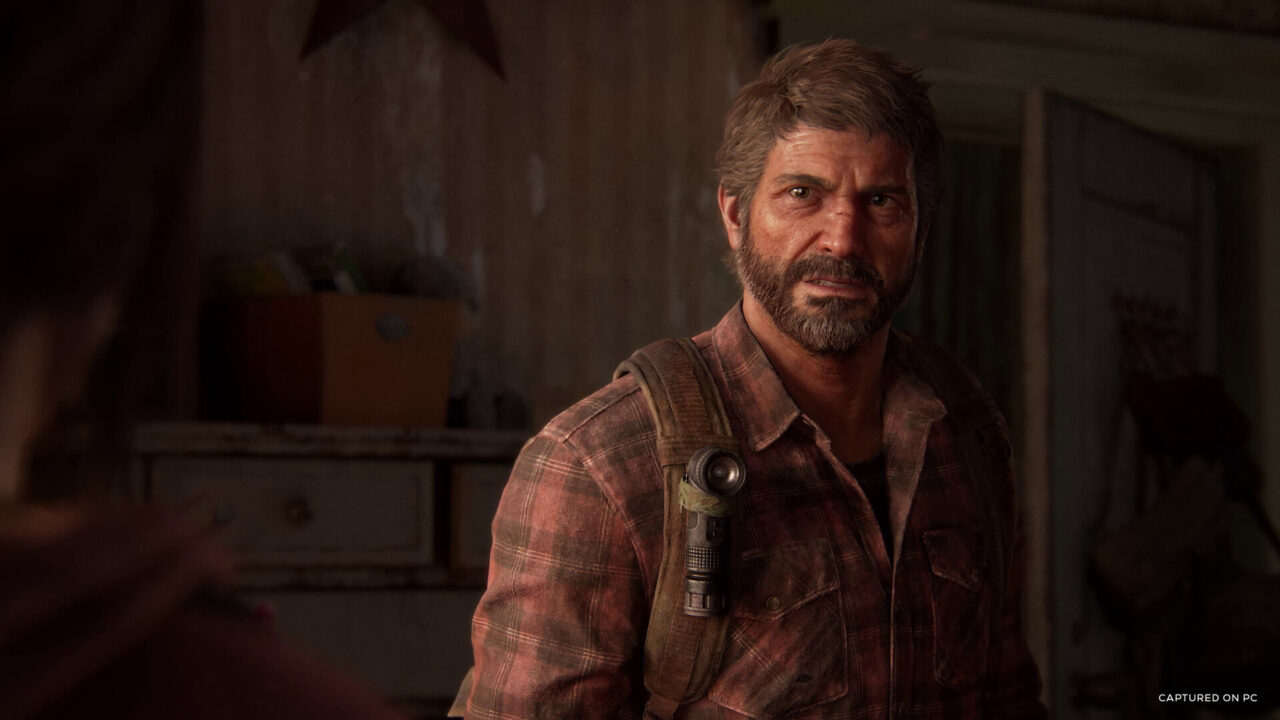
Finally, let us look at games themselves, specifically those from the AAA sphere. When you deduct the live service genre from the equation, the other elephant in the room is the seemingly endless parade of remakes and remasters. There’s some creativity there, sure – the Resident Evil 2 remake stands out as the obvious candidate – but only the most blinkered could fail to question how necessary many of these entries have been. Did the Dead Space remake really need to happen? Did The Last of Us: Part 1 remaster?
When you get to the genuinely new games, the tectonic tremors have been equally portentous. The pandemic seems to have produced a peak for truly gargantuan games; games so large and unwieldy that they can barely support their own weight. Think of The Last of Us: Part 2, with gamers complaining of a campaign that was simply too long. Or Dying Light 2, and it’s now infamous announcement of having a 500-hour completion time. Or, of course, the hubristic Cyberpunk 2077, the virtual poster child of this problem, with its ultra-buggy launch and months of post-release patches. Think above all of the revelations about the nightmarish crunch and toxic work cultures that followed all of them.
Too big to fail?
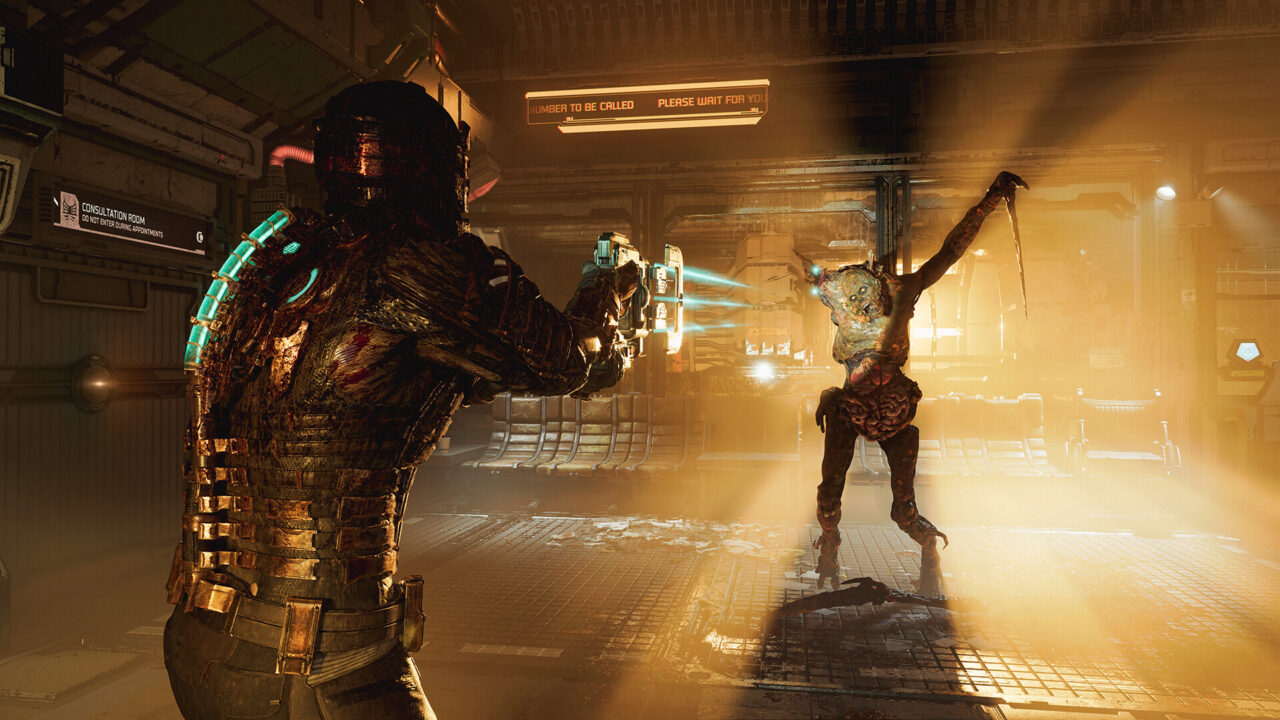
If I had to summarise my feelings about where the games industry is right now, it’d be ‘too much, too fast’. The goliaths of the sector have kept pushing bigger and shinier titles, but that road is running out. Graphical fidelity and development studios can only be pushed so far. Budgets have ballooned to such a scale that the only options are either a parodic-level of conservatism that has degenerated from making samey games to remaking the same games, or a frantic dogpiling onto a popular trend before aggressive monetization and rapid oversaturation exhausts the market. The console race has run out of steam, and hardware gimmicks have been the letdown they usually are. The ground is trembling, everyone’s in a holding pattern, and no-one knows what’s next.
Kickin’ it old school
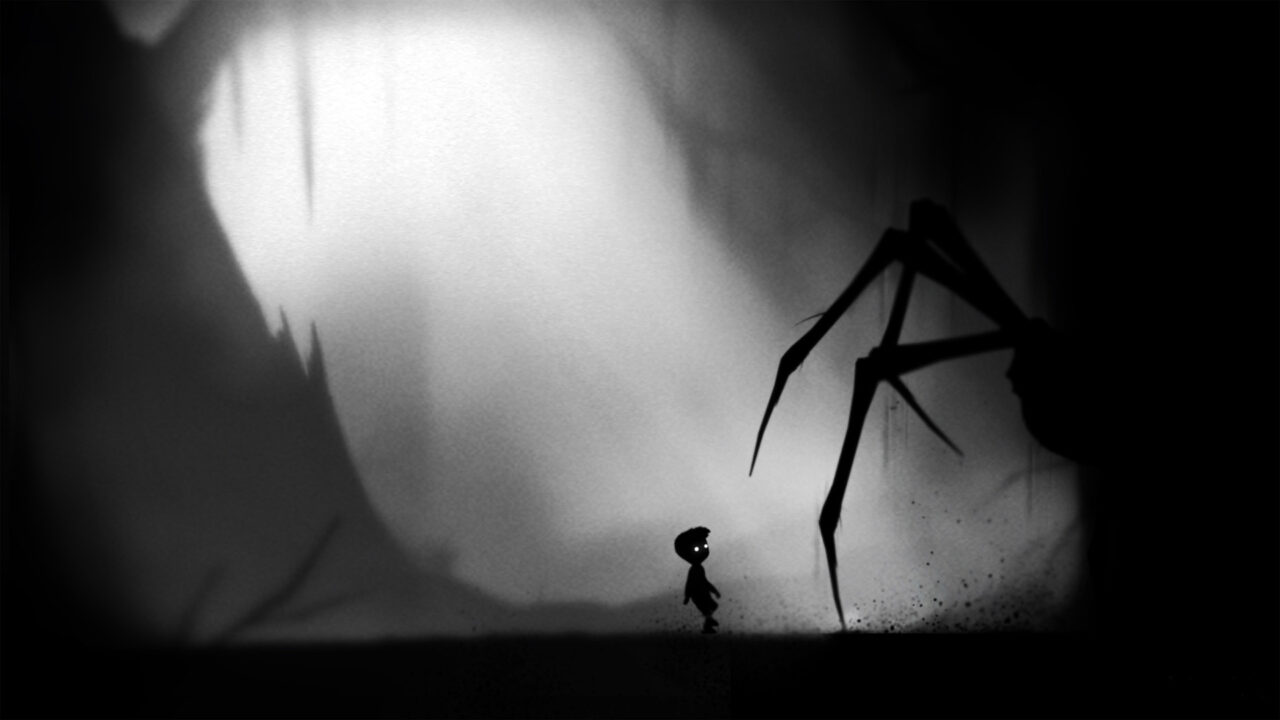
How can any of this be good for the horror genre? Because if there’s anything like a sound principle about what can make money when (and it is a when, not an if) the current industry model comes to an end, it’ll be the same thing that it’s always been. To whit; games with the balls and creative vision behind them to deliver something unique, with a solid core experience, at a reasonable price. That means not fueling expensive product insecurity by replacing innovative design with shiny graphics in an attempt to dazzle fickle casual audiences. That means not doing the above with hardware gimmicks. Above all, it means not chasing trends in a fruitless attempt to appeal to the largest user base; the market is too oversaturated and moves too quickly for that to work anymore. Cater to your specific audience, double down on what makes your game shine, do so with reasonable budgets and expectations; these are the dictums for success.
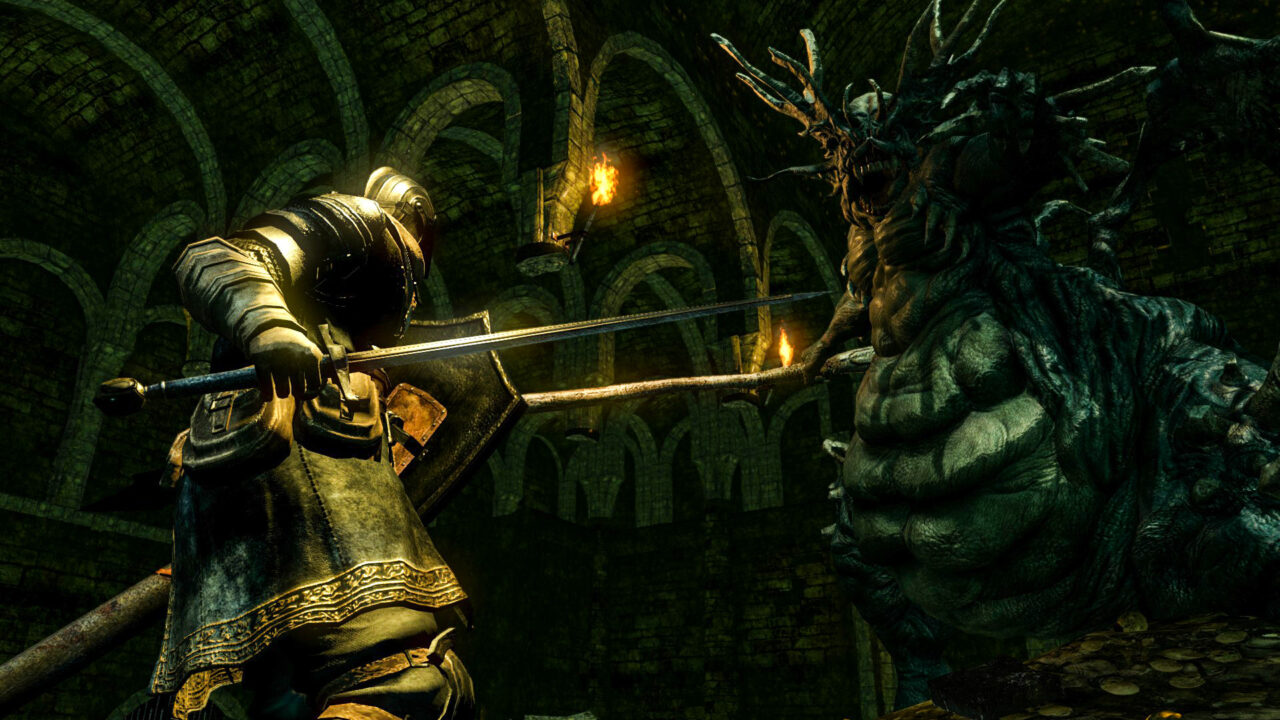
Horror is not the only genre in which games with this philosophy can thrive, but it certainly lends itself to it. Horror thrives on innovation; as Lovecraft himself wrote, the oldest and most powerful fear is the fear of the unknown. Conservative thinking quickly breeds stagnancy. It’s worth remembering that for a long time, survival horror was at the cutting edge of technical and gameplay design prowess, as games like System Shock, the original Resident Evil, the Silent Hill series, and Resident Evil 4 attest. The genre continued to produce trendsetters after the sixth generation of consoles; Left 4 Dead took cooperative multiplayer to a new level, Limbo was one of the earliest indie darlings, Amnesia popularised narrative-heavy, combat-free games, Slender and Five Nights at Freddy’s became phenomena unto themselves. Many equally groundbreaking games – Doom, Half-Life, Bioshock, the Souls series– while not being outright survival horror games, all had at least one foot firmly planted in horror territory.
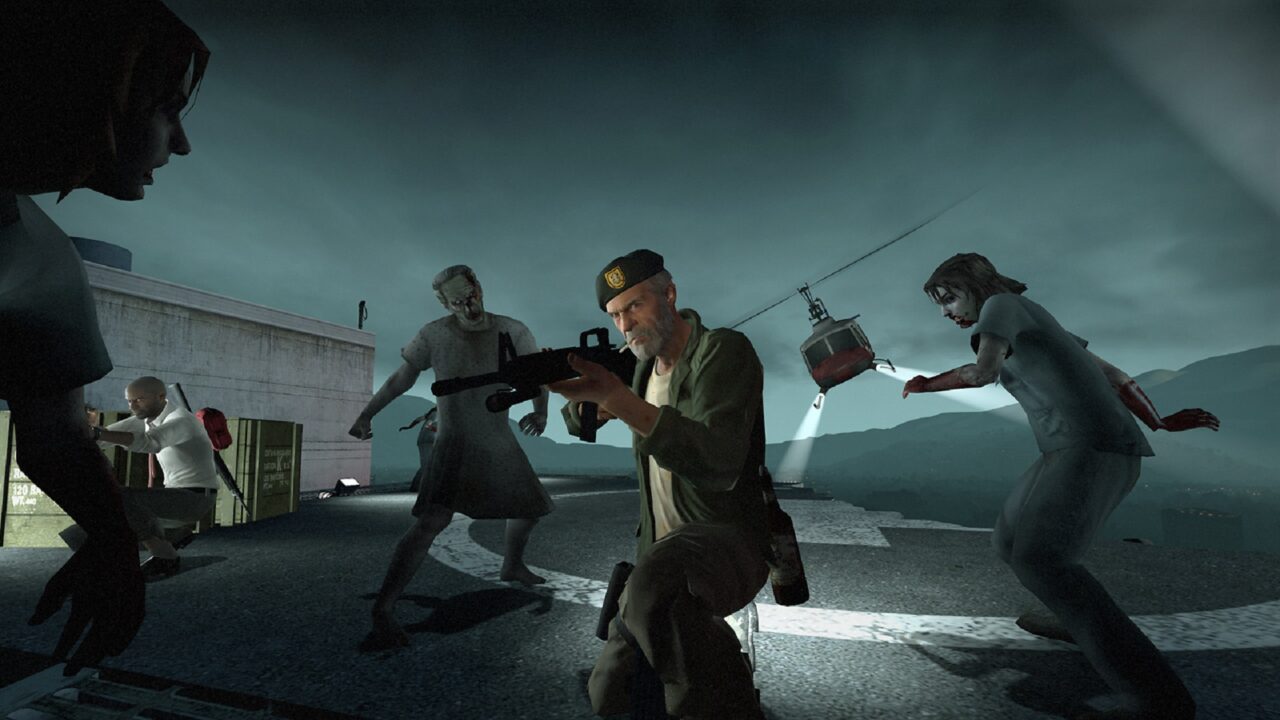
Above all, horror knows itself. It knows its raison d’etre, and it knows its audience. It exists to provoke an emotion, to lead its players on a journey into the darkness of our deepest fears. If the oversaturation of the live service model and the general exhaustion with sprawling, 100+ hour games will teach the games industry anything, it’ll be that quality, not quantity, really does have a quality all of its own. Many of the best horror games are relatively short affairs; they prioritize making an impactful, handcrafted experience above length and shallow variety in order to make their mark. I can’t be alone in stating that I’d rather play an amazing ten-hour game that does one thing really well instead of a mediocre fifty-hour jack-of-all-trades any day. In fact, I know I’m not; the presence of sites like DreadXP speaks to the existence of a dedicated core audience that longs for distinctive new vistas of the macabre and outré.
Emerging from the darkness
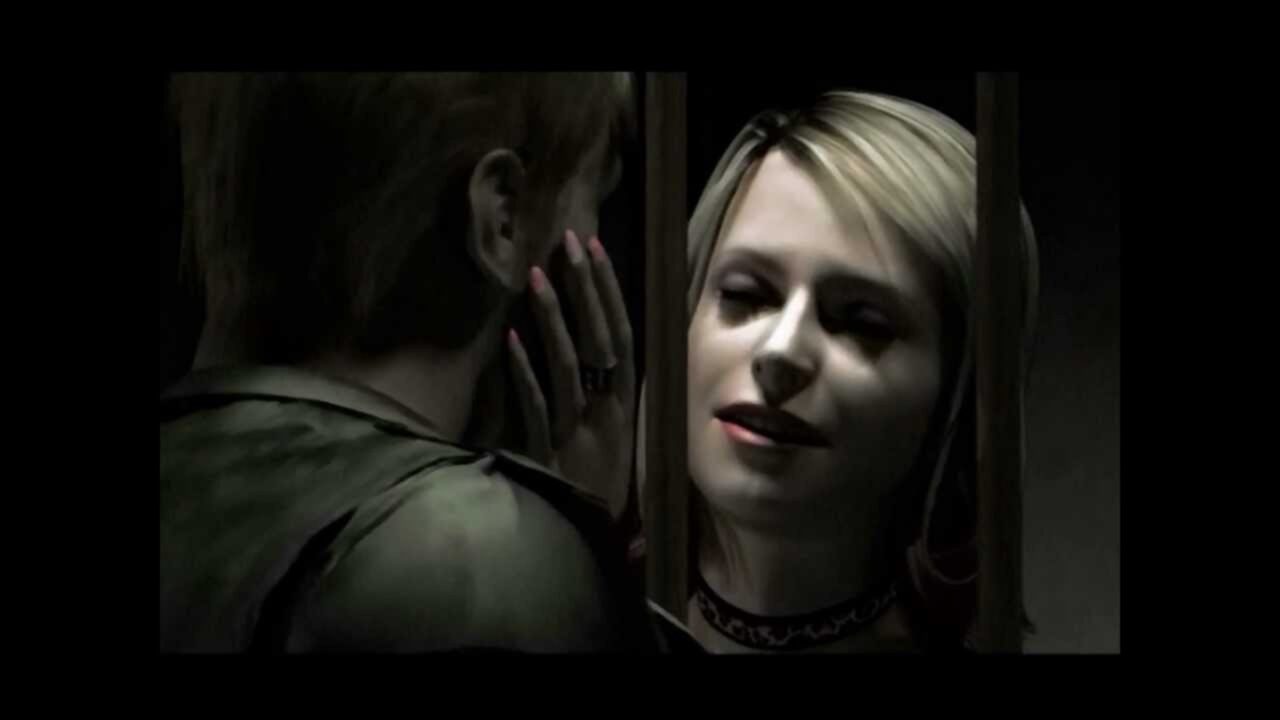
What I hope to see emerge at the end of the current, unsustainable chaos is a games industry that takes stock, takes a breath, and soberly reassesses itself. I hope to see companies spreading their risks to more and smaller games, instead of fruitlessly trying to take no risks at all. I hope to see scaled-down, more disciplined scopes, both in terms of projects and the player bases such projects try to appeal to. I hope that we see more unique art styles being pursued, now that graphical improvements have plateaued. I even hope that perhaps we see a revival of the much-maligned ‘AA’ studio, where big companies and publishers support numerous developers with more modest budgets and profit expectations, rather than putting all their eggs into single, overstuffed baskets. I hope for all these things, because I want to see games living up to their potential as an artistic medium, and I want to see horror once more leading the charge into new realms of creativity. The old order changeth and passeth away; here’s looking to what comes next.
Categorized:Editorials

